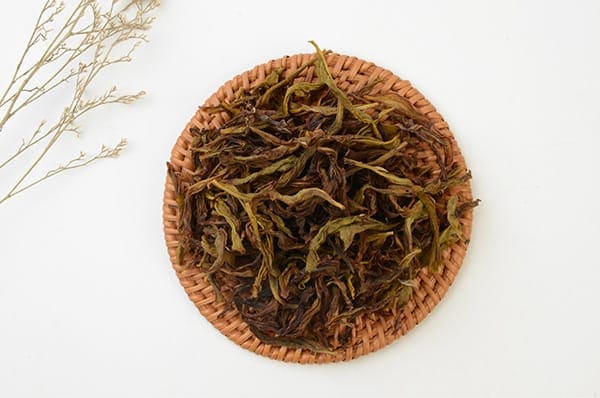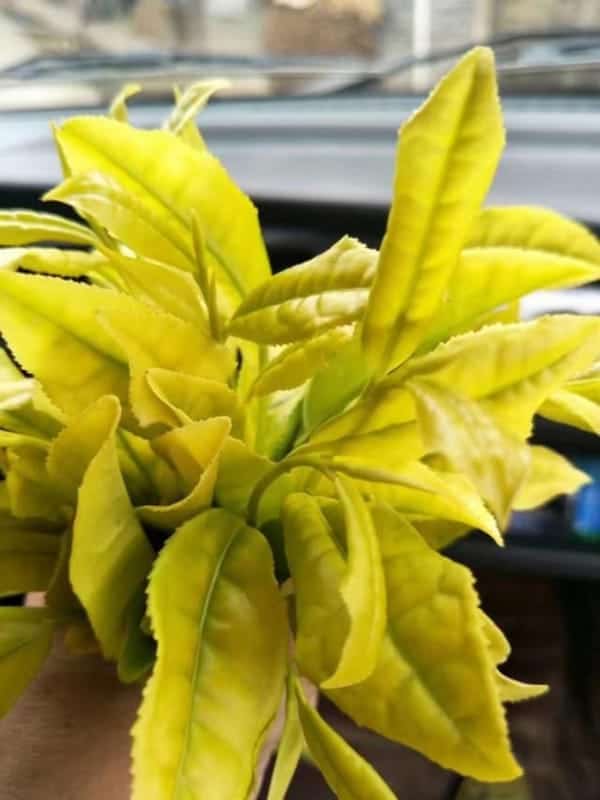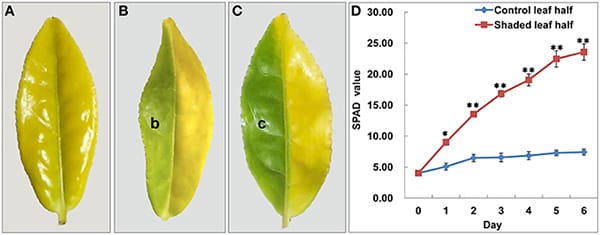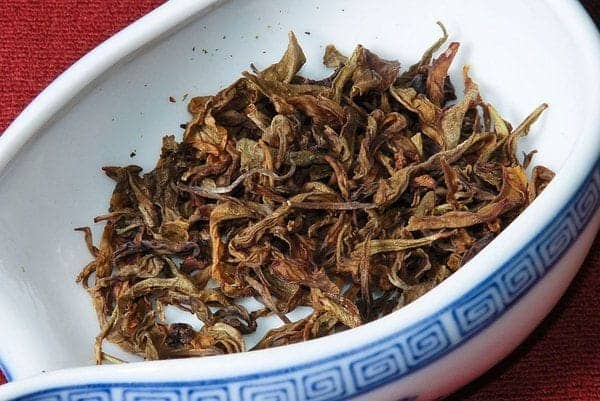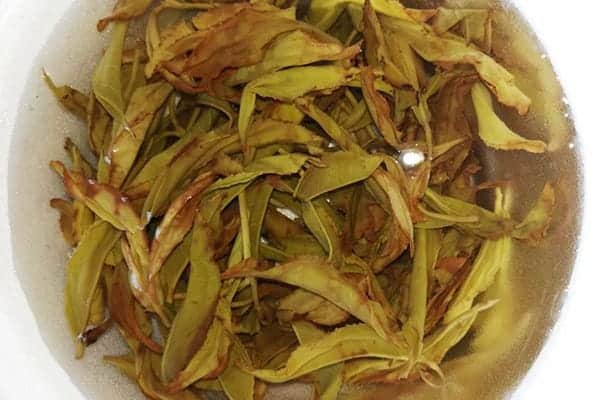Remember when we talked about the Zang Tea, we ever mentioned Yaan, Sichuan? It is said one of the Chinese tea culture birthplaces. Especially the Meng Ding Mountain region, which is a tea production and hub since antiquity. Meng Ding Huang Ya, Ganlu, and Stone Flower tea are all the high-quality teas that originated there. Among them, Meng Ding Huang Ya tea is the only yellow tea. It is rare and as a tribute that only serves Chinese royal the past hundreds of years.
What Is Meng Ding Huang Ya
Meng Ding Huang Ya belongs to yellow bud tea and slight fermentation. During the processing, leaves will be through a step called “Sealing Yellow” and turn yellow, also the infusion. But this technique is a challenge and totally depends on the tea masters’ experience. From the name we can see, Meng Ding Huang Ya is made from tender buds. A scarcer source and complicated processing make the tea become much rarer.
Legend says that in the Han Dynasty, two thousand years ago, the pioneer of tea Wu Lizhen has planted the tea trees on Meng Ding mountain, which is the beginning of the tea artificial cultivation history.
For an extended period, green tea was the only choice of Chinese. Later in the Tang Dynasty, the tea-drinking habit and culture reached the top popularity in China. By the benefits of rich experience, the teas originated in the Meng Ding region started to be as a tribute; the best products every year must offer to the royal household. This honor last from Tang to Qing went through about 1200 years and never been interrupted.
Especially in the Ming Dynasty, the yellow processing method was invented. In ancient China, yellow is the exclusive color of the royal, and the civilians were not allowed to use it. Yellow tea processing is complex, and productivity is backward in the old time. The rare Meng Ding Huang Ya yield was only comfortable for the emperor and sacrifice.
Even though the productivity is awesome now, the limited leaves source also makes the top-grade Meng Ding Huang Ya an unamiable price. The Ganlu green tea also from Meng Ding mountain may give a more friendly price.
Meng Ding Mountain Producing Region
Sichuan has a “Tianfu Zhi Guo” reputation, which means the natural environment there is beautiful. The Meng Ding mountain is also a tourist attraction.
In Chinese, Meng means rainy, and Ding refers to the top. Meng Ding mountain famous for its top shrouded in fog all day long; the mean annual precipitation here is about 2000mm. The climate is mild, and the temperature keeps at about 15℃, not a big difference during seasons.
Due to the long rainy days, the annual sunshine duration only about 1000 hours. Foggy days over 300 days a year. Although Meng Ding mountain is at a low altitude and the tea trees belong to the ordinary one, they still create excellent tea flavor because of the environment with less sunshine and high humidity.
Processing
Meng Ding Huang Ya picking starts from spring; only select the most tender buds in a year. Most of the source leaves will be processed into green tea, and less left for yellow tea. Because the yellow tea processing is complex, even though the senior tea master can’t make sure for success every time.
Traditionally, leaves after picking will be under fixation. The tea masters will fry the leaves in a 160℃ iron pot in a freehand way for 4-5 mins. It can vastly slow down the leaves from fermenting and remove the plant smell.
The following step is the most essential processing – sealing yellow. Tea masters will package the leaves with straw paper well. Many other regions may be sealing yellow leaves with a wet cloth. Still, the local tea masters thought straw paper got better breathability and made the Meng Ding Huang Ya got an individuality flavor. It is said this straw paper is also made from a secret recipe.
The sealing yellow processing will last 36 hours, and the leave won’t ferment over 10%, which belongs to a slight fermentation. The problem is that this process can not be under control. Tea masters don’t know whether it is successful until they unwrap the package—an inadequate or over fermenting means a fail. And the final step is drying.
This traditional way maybe not too standard because the tea masters who good at the authentic way are less. In China’s turbulent period in the last century, the authentic Meng Ding Huang Ya process method has ever been lost. Now, a few tea masters who respect tradition keep trying to restore the most authentic Meng Ding Huang Ya processing and pass it on.
In modern times, Meng Ding Huang Ya tea still hard to process completely dependent on machines. Fortunately, the yield is increased by productivity improvement, but it is still low. Tea masters separate the traditional method into more steps, like repeat the fixation and sealing yellow over and over. This can better control the leaf’s transformation and makes the flavor unification.
Flavor & Benefits
Meng Ding Huang Ya hasn’t been rolling during processing; it still retains the tender buds’ shape but becomes flat by drying. The leaves look yellow-green and glossy. Due to the low-degree processing, some tiny fuzz still left on the surface, sends a mild and fresh scent.
The yellow and bright infusion is a feature of yellow tea. The aroma of Meng Ding Huang Ya after brewed is more refined, not so robust. It tastes mellow, delicate, with an obvious sweet, and something aroma like roasted chestnuts. If you experience it carefully, you can also feel some imperceptible bitterness and astringency.
In Traditional Chinese Medicine, food can be classified into cold, warm, and hot; they bring different benefits and effects to the human body. In the Ming TCM famous work Compendium of Materia Medica, Li Shizhen ever mentioned that the true tea (refers to green tea that time) belongs to cold, and only the Meng Ding Huang Ya is warm. It can neutralize the cold and treat the diseases caused by intake the cold food, like diarrhea and stomachache.
And in the modern medicine view, Meng Ding Huang Ya has a significant benefit in helping dyspepsia and weight loss. Because it has been braise (sealing yellow) and form many components which can good for digestion.
How To Make Meng Ding Huang Ya
Brewing Meng Ding Huang Ya tea is simple.
- Prepare a 300ml glass cup and preheat it;
- Put 8-10g Meng Ding Huang Ya in;
- Add 85℃ water in till the 1/3 gently, and do not crash the fuzz, then pour the water out;
- Refill 85℃ water, not need cover, steep for about 1 minute;
- Enjoy;
- Refill when 1/5 infusion left, 85℃ water, and 1 min steeping in the same way. Typically, Meng Ding Huang Ya will lose all the taste after 3 brews;


















